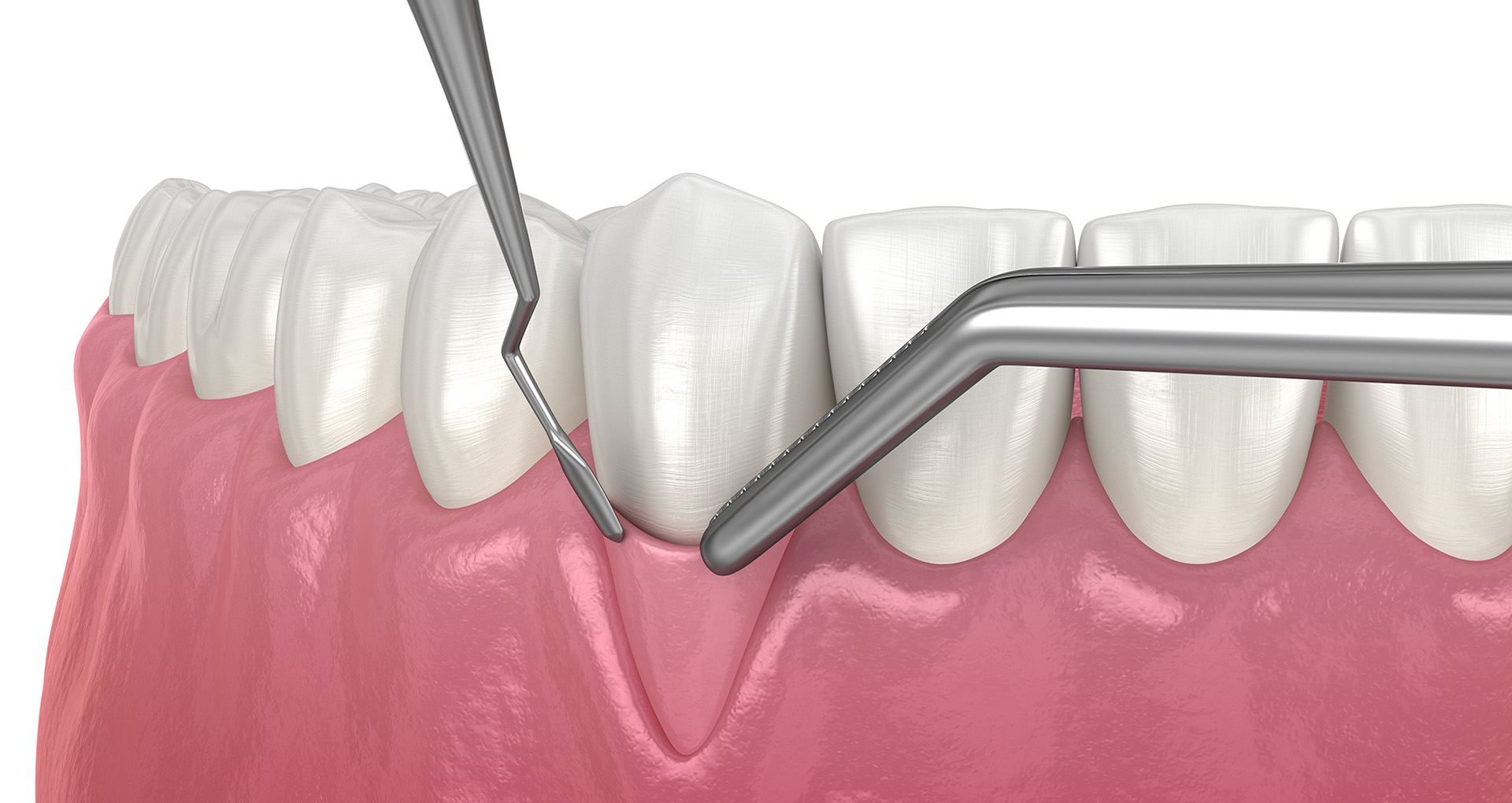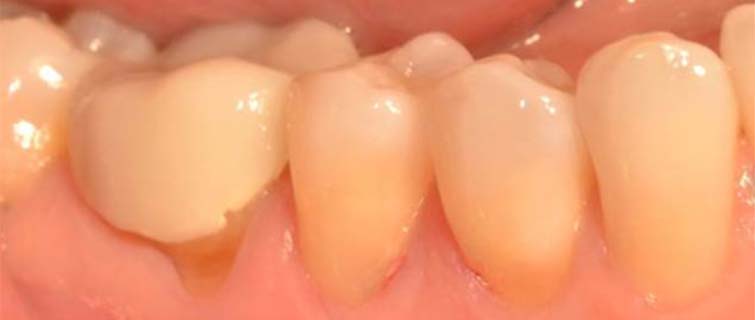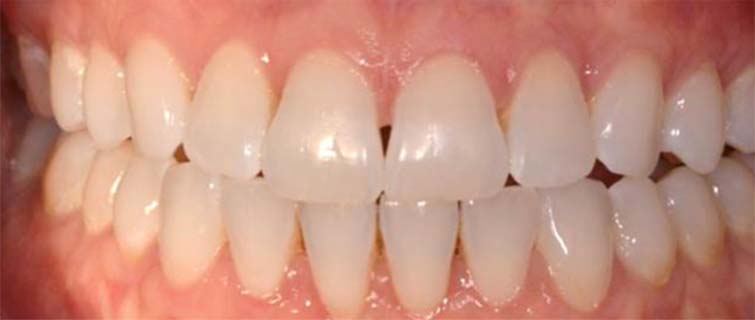





Gum Graft Surgery (also called Gingival Graft Surgery) is necessary to protect your teeth from gum recession, which is also known as Gingival Recession. Gum recession occurs when the gum tissue surrounding the teeth shrinks back or wears away, exposing more of the tooth, or the tooth's root. As a result, your teeth start to look longer (i.e., a “toothy” smile) and you may experience sensitivity to hot and cold. You may even have pain as more of your tooth and its root become exposed. Eventually, gums can recede so much that tooth roots are almost completely exposed. This robs them of nutrients and leaves them open to attack by bacteria, ultimately leading to decay and removal.
Surprisingly, gum recession is fairly common among many Americans. It’s estimated that 5-10% of adults are afflicted with this problem, which can often go unnoticed until it becomes severe.
During Gum Graft Surgery, Dr. Gandhi addresses the problem by taking tissue from the roof of your mouth and attaching it to the remaining gum tissue to cover the exposed root. This can be done for one tooth or several teeth and will result in a more even gum line. The procedure will also reduce sensitivity as well as help prevent further loss of gum tissue.

Receding gums may be caused by the following factors or a combination of these factors:

Dr. Gandhi offers three different types of gum tissue grafts.

Gum grafting is a common periodontal procedure, and can generally improve function as well as the aesthetics of your smile.
The major benefits associated with gum grafting are as follows:

Gum Graft Surgery is necessary if you have advanced stages of gum recession and it’s been recommended to protect your teeth from further damage or bone loss. You may also choose to have the surgery for cosmetic reasons, i.e., to improve the appearance of your smile.
If you have any questions about Gum Graft Surgery or if you’d like to schedule a time to review your options, contact Dr. Gandhi today to schedule an appointment.

Start with a Consultation with Dr. Gandhi. At this consultation, the doctor will create a customized treatment plan just for you. You’ll learn exactly how much the procedure will cost without having to worry about any surprise fees. And remember: a consultation is a conversation. It’s not a commitment. You have nothing to lose and a beautiful smile to gain.
